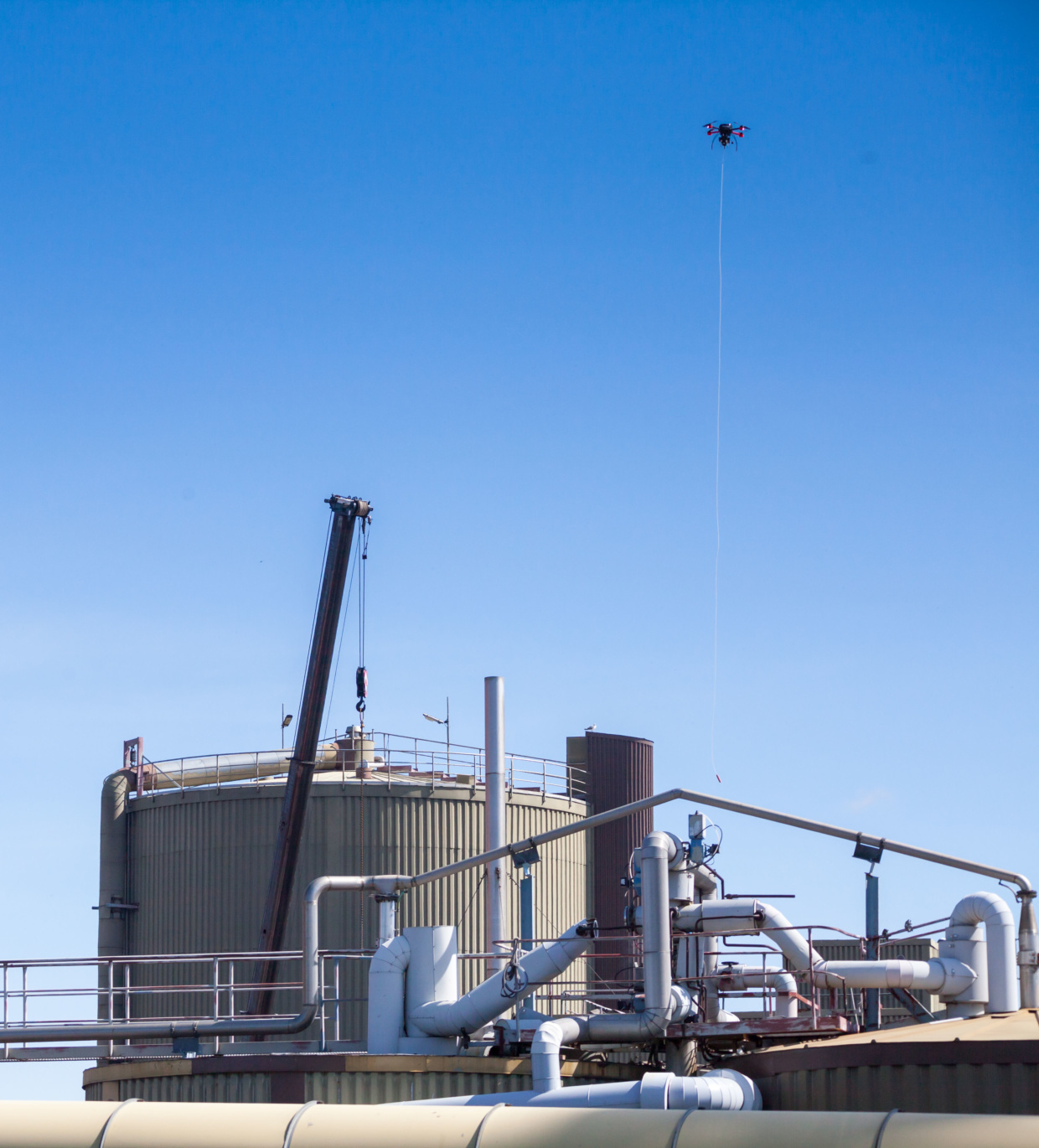New ammonia plants are springing up like weeds these days. With Russian ammonia imports stalled, European markets demand new ammonia producers for the fertiliser and chemical industries. Ammonia is also a crucial element of the hydrogen revolution. Many companies plan to transport hard-to-store hydrogen as ammonia, which is much easier to store, while shipping companies are exploring ammonia as a fuel for long-range cargo ships. Synthetic ammonia is one of the most widely-produced chemicals in the world.
However, even as ammonia becomes increasingly important to global commerce, it remains a difficult chemical to handle. Dr Matti Irjala, director of Research and Development at Aeromon, describes how ammonia leaks can cause problems for occupational health, the environment and climate change.
First, ammonia is a toxic gas, and exposure can be dangerous or even lethal in high concentrations.
Second, even in small quantities, ammonia’s pungent, unpleasant odour reduces quality of life for impacted areas.
Third, ammonia induces further emissions. For example, if ammonia contaminates the soil, it may lead to direct toxic effect or notable changes in composition of vegetation. It may even give rise to nitrous oxide emissions into the atmosphere. Nitrous oxide, commonly known as laughing gas, is 130 times more potent than carbon dioxide as a greenhouse gas.
For these reasons, companies increasingly seek new ways to measure and locate ammonia emissions in order to minimise ammonia gas leaks.
Read more on Aeromon’s Leak Detection services.
Ammonia is difficult to measure
For Aeromon, ammonia ‘has been one of the most challenging target gases to measure’, says Irjala.
According to Irjala, ammonia is a sticky gas. ‘If ammonia gas hits a surface’, he says, ‘it very easily sticks to it. This also applies to the surfaces of sample lines in measurement situations’.
The build-up of gas on surfaces can confuse measurement results. For example, a sudden change in humidity may cause a large amount of surface gas build-up to move at once, causing the sensors to produce a result different from actual external conditions.
Irjala says that Aeromon began measuring ammonia in 2016, when the company first measured ammonia from biowaste treatment process with Helsinki Region Environmental Services (HSY). Reliable ammonia measurement techniques took years to develop. As he notes, ‘in testing, calibration and measurement, we need to eliminate all variables except ammonia to make the measurement work – but now, thanks to a long period of development, we are doing it’.
‘This is all within Aeromon’s expertise’
Irjala describes the calibration of measuring instruments as an example. When measuring in humid outdoor air and calibrating the setup onsite with dry gases, it’s essential to know the difference humidity has in the measurement results. ‘This is all within Aeromon’s expertise’, explains Irjala.
Among Aeromon’s efforts, Irjala also praises the rapid development of small and lightweight sensors suitable for ammonia measurement.
Ammonia is associated with increased emissions
As ammonia use expands, the need for accurate measurements of non-ammonia emissions grows alongside it.
When ammonia is used for fuel and combustion is clean, no carbon dioxide emissions are released. The problem occurs when exhaust gases are not controlled and combustion is not clean. During uncontrolled combustion, ammonia use results in nitrous oxide emissions.
If ammonia is used to transport hydrogen, the conversion of hydrogen into ammonia and then back into hydrogen can result in hydrogen emissions. Hydrogen is an explosive gas, and leaks can also lead to economic losses.
If ammonia is produced from methane, methane emissions at the ammonia production site must also be monitored.
‘We are able to measure all these gases and can even measure them simultaneously’
‘We are able to measure all these gases and can even measure them simultaneously’, Irjala points out.
Interested in hearing more? Contact us, we’d be happy to discuss!
